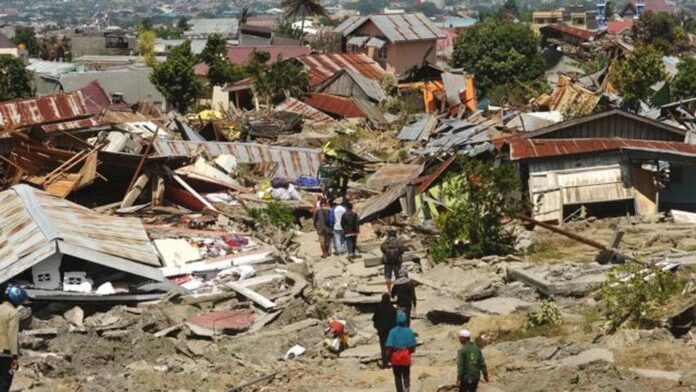A mild earthquake with a magnitude of 3.1 on the Richter scale shook parts of Lower Subansiri district in Arunachal Pradesh today, sending a ripple of concern through the region. Though relatively minor in intensity, the seismic event serves as a reminder of the geological activity that underpins the Himalayan region and prompts reflection on preparedness and response measures for such occurrences.
The tremor, originating at a shallow depth beneath the earth’s surface, was felt by residents in the Lower Subansiri district, triggering brief moments of apprehension and prompting reactions on social media platforms. While no reports of damage or casualties have been received, the event has nevertheless heightened awareness of the seismic vulnerability of the region.
Located in a seismically active zone, Arunachal Pradesh and its neighboring regions experience occasional tremors, often associated with the collision of tectonic plates along the Himalayan belt. The occurrence of earthquakes in the region is not uncommon, and efforts to monitor seismic activity and enhance preparedness have become integral components of disaster management strategies.
The 3.1 magnitude earthquake in Lower Subansiri serves as a gentle reminder of the geological forces at play beneath the earth’s surface. While the tremor was relatively mild and did not result in significant damage, it underscores the importance of vigilance and preparedness in earthquake-prone areas.
In recent years, Arunachal Pradesh has made strides in strengthening its disaster management infrastructure and response mechanisms to mitigate the impact of natural calamities, including earthquakes. Awareness campaigns, training exercises, and community outreach initiatives have been instrumental in building resilience and fostering a culture of preparedness among residents.
The tremor in Lower Subansiri also highlights the need for ongoing investment in seismic monitoring and early warning systems to provide timely alerts and enable swift responses in the event of a major earthquake. By leveraging technology and scientific expertise, authorities can enhance their capacity to anticipate and mitigate the impact of seismic events.
While earthquakes are inherently unpredictable, proactive measures can significantly reduce their potential for devastation and loss of life. Structural retrofitting, adherence to building codes, and disaster-resistant construction practices are essential for minimizing damage to infrastructure and safeguarding human lives during seismic events.
Furthermore, public education and awareness campaigns play a crucial role in empowering individuals and communities to respond effectively to earthquakes. Training in evacuation procedures, first aid, and emergency preparedness equips residents with the knowledge and skills needed to navigate the aftermath of a seismic event and mitigate its impact.
The earthquake in Lower Subansiri serves as a timely reminder for residents and authorities alike to remain vigilant and proactive in their efforts to mitigate the risks associated with seismic activity. By fostering a culture of preparedness and investing in resilience-building measures, Arunachal Pradesh can enhance its capacity to withstand and recover from earthquakes and other natural disasters.
In the aftermath of the tremor, authorities in Lower Subansiri district have conducted rapid assessments to ascertain the extent of any damage and ensure the safety of residents. While no significant impacts have been reported thus far, ongoing monitoring and follow-up actions will be crucial in addressing any emerging needs and vulnerabilities.
As the region continues to grapple with the aftermath of the earthquake, collaboration between government agencies, civil society organizations, and local communities will be essential in facilitating effective response and recovery efforts. By working together, Arunachal Pradesh can strengthen its resilience to seismic events and ensure the safety and well-being of its residents in the face of future earthquakes.



